|
|
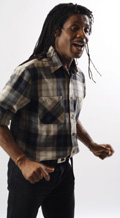 |
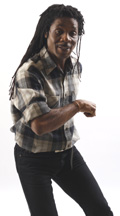 |
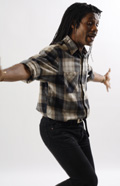 |
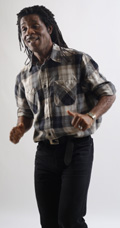 |
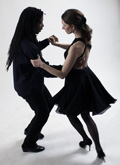 |
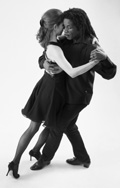 |
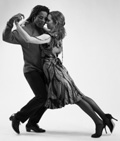 |
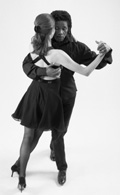 |
Video Clip |
|
ESSEWÂNGO |
|
|
|
Jean-Pierre Simons created the ESSEWÂNGO dance, by bridging the Latin roots with the African rhythmic playfulness of call-response. In the solitude of his apartment, he obsessed over this new idea until the structure of the new dance emerged. His challenge consisted in simplifying his creation enough to render it recognizable and accessible to the common dancer. One dances the ESSEWÂNGO to the Cameroonian rhythm called Essèwè. This divine rhythm birthed the Zouk music, which Jacob Desvarieux (who had been working intensely with some Parisian Cameroonian musicians prior to setting up his Kassav band that launched the Zouk) elegantly mixed with the Beguine rhythm. ESSEWÂNGO proposes a window through which the generated rhythms, such as Tango, Salsa, Mèrenguè, and Cumbia, converge back to the Candombe. It is a complex place where the dancer and the musician are both aware of their rhythmic contribution to the executed piece. To the advanced Salsa and Tango dancers, ESSEWÂNGO offers the freedom to create and move in space without limitation to a specific style. It might definitely require a dancer to achieve substantial levels of dancing both Salsa and Tango. However, beginners in ESSEWÂNGO should quickly feel the barriers of the specific rules of either dance fall as improvisation becomes central to their moves. The old quarrel often expressed by some dancers in both disciplines finds a resolution here: Tango and Salsa remain in reality quite close. They are both “walking dances”. Let's learn the Dance!
|
|
|
Jean-Pierre Simons créateur de la danse ESSEWÂNGO, allie les racines Latines avec la merveilleuse désinvolture rythmique Africaine. Dans la solitude de son appartement, Il se surprit obsédé par une idée qui s'empara de son imaginaire pour produire la structure de cette nouvelle danse. Il s'agissait de simplifier au maximum sa création pour la rendre distincte, et cependant accessible au danseur moyen. L' ESSEWÂNGO se danse sur un rythme Camerounais qu'on appelle l'Essèwè. Ce rythme divin a déjà contribué à la naissance du Zouk que Jacob Desvarieux (qui avait longtemps travaillé avec des musiciens Camerounais à Paris, bien avant la formation de son groupe Kassav qui a tant fait pour le Zouk) a élégament allié ce rythme à la Beguine. L' ESSEWÂNGO propose une fenêtre qui permet aux autres rythmes générés tels le Tango, la Salsa, le Mèrenguè et la Cumbia de converger vers leur source naturelle, le Candombé. Au dansurs avancés de la Salsa et du Tango, l' ESSEWÂNGO propose la liberté du mouvement dans l'espace et de la création, au-delà de toute contrainte liée à un style particulier. Il sera certes nécessaire au danseur de maîtriser assez bien la Salsa et le Tango. Il reste cependant clair que le débutant de l' ESSEWÂNGO sentira immédiatement que les restrictions de l'une et l'autre danse tombent pour laisser la place à l'improvisation pure. Le mouvement dans l'espace devient ainsi le point central. La vielle querelle de famille souvent exprimée par des danseusr dans l'une et l'autre discipline, trouvent ici une résolution: Le Tango et la Salsa sont en réalité très proches. Ce sont des "danses de marche". Apprenons la Danse ! |
Home | Producing Music | Albums | Shows | Biography | Contacts/Links | Images |Lyrics | Accueil | Production Musicale | Albums | Spectacles | Biographie | Contact/Liens | Photos |Paroles|Montage-Tango| ©2006 Sighe's Victory Productions |